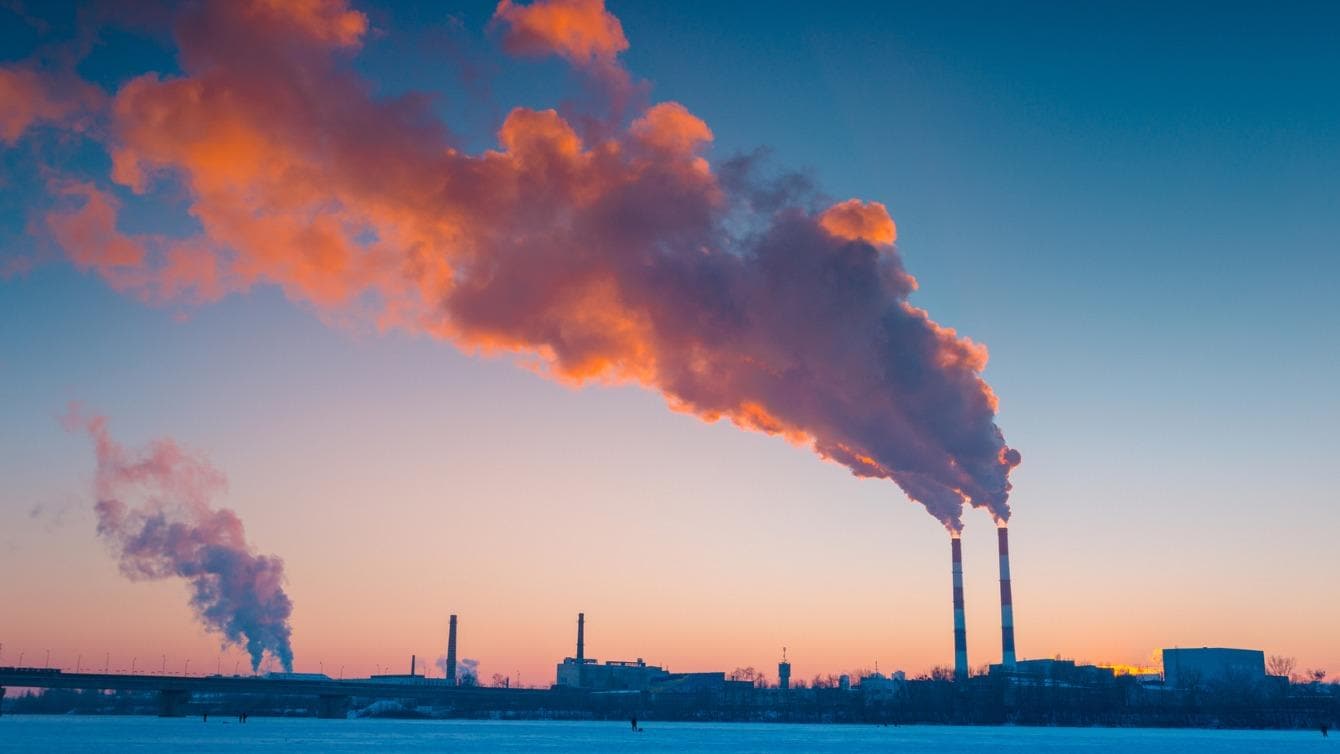"The waste sector already had the national CO2 levy, which was introduced in the Netherlands in 2021. However, a large part of the emissions was exempt from the levy, so companies will only have to pay for their CO2 emissions from 2026 onwards," says Dr. Paul Nillesen, a business strategist at PwC with extensive experience in national and international energy and waste markets. "However, in the recent spring budget, a tightening of the exemption for WtE plants was announced. The portion of emissions exempt from the levy will decrease more strongly each year and will be at a lower level in 2030. As a result, the costs per ton of incinerated waste will increase substantially."
The Energy Transition Think Tank at PwC, led by Prof. Dr. Gülbahar Tezel, has examined the consequences of the combination of the EU ETS and the national CO2 levy: without sustainability measures, the costs for CO2 emissions in 2030 could reach €360 million for the entire sector. Higher costs, also known as gate fees, for municipalities and companies are then inevitable. In such a scenario, these gate fees could rise by more than €40 per tonne.
CO2 pricing: the principle
CO2 pricing can take different forms. With the common denominator being passing on the cost of CO2 emissions to companies. The EU ETS is a market instrument and works with emission rights, where one right allows the emission of one tonne of CO2. The number of available allowances decreases every year. This causes the price to rise, as an incentive for companies to reduce their emissions. In the Netherlands, a national carbon tax was introduced in 2021 to complement the EU ETS. The aim is to force industry to reduce emissions.
Costs for municipalities and companies are rising
Due to the increasing CO2 prices, waste-to-energy plants (WtE plants) will pass on their increased costs to their customers as much as possible. Nillesen: 'I think everyone has heard of the CO2 levy and EU ETS. However, I don't think people always realize that this will also lead to higher costs at the municipal level.'
‘What we need to keep in mind is that a CO2 levy is not an end in itself, but a means to achieve CO2 reduction.’
Gulbahar Tezelpartner and lead Energy Transition Think Tank, PwC NetherlandsRising costs do not necessarily lead to reduced CO2 emissions and sustainability
Waste-to-energy plants (WtE) can avoid the costs of CO2 emissions by becoming more sustainable. That is easier said than done, according to Tezel. "The most impactful way for WtE plants to reduce their CO2 emissions is to invest in Carbon Capture and Storage (CCS). However, investing in underground CO2 storage is not always profitable without subsidies. The cost of CCS options for WtE plants is higher than the expected CO2 price. Making it unattractive to invest in CCS in the absence of subsidies. Additionally, WtE plants face a competitive disadvantage in the SDE++ program as CCS options for WtE plants are relatively expensive. WtE plants are competing with each other and other players, which makes the financing of CCS projects even more uncertain."
Furthermore, not every WtE plant is practically equipped to enable underground storage in the first place. Nillesen: "You actually need access to that storage infrastructure. This requires the necessary transportation facilities, not everyone has that."
Rising costs do not necessarily lead to reduced waste volumes
Municipalities can pass on the costs to citizens through a general increase in waste disposal fees. In theory, this could lead to less waste. However, Christian Swager, co-researcher at PwC, emphasizes that this effect can be limited. "Because the amount of waste disposal fees is not always directly related to waste volumes and composition, the principle of 'the polluter pays' is only limitedly applied."
The governments role
According to the PwC's experts, there is a role for the national government in this matter. Tezel suggests that the subsidy system can provide more tailored support to waste-to-energy plants (WtE) to encourage investments in sustainability. Other ways to fill the financial gap are also possible. For example, municipalities can make sustainability a requirement in their public procurement processes. In this case, the residents of the municipality will have to bear the additional costs of sustainability.
‘The CO2 levy does not lead to a desired side effect in the form of reduced waste when it results in a higher waste tax, as this tax is currently not related to waste volumes or compositions.’
Paul Nillesenpartner and lead Energy Utilities & Resources practice, PwC NetherlandsMain goal: CO2 reduction instead of 'taxation'
The introduction of CO2 pricing in the waste sector is an important step towards a more sustainable future. The rising costs of CO2 emissions will force the sector to become more sustainable, but it also brings significant financial challenges. Municipalities and governments play a crucial role in facilitating this transition through policies, subsidies, and awareness. Tezel: 'What we all need to keep in mind is that a CO2 tax is not an end goal in itself, but a means to achieve CO2 reduction. Ultimately, it is about finding a balance in the incentives we give waste companies to actually achieve sustainability.'
The sector is preparing for developments in pricing
It is clear that the CO2 pricing that awaits the waste sector will have significant consequences for WtE plants, municipalities, and their residents. Nillesen: 'We support both waste companies and policymakers in this process. For example, how do you refine a subsidy mechanism? And what are waste companies facing exactly? What are their strategic options and what opportunities and risks are associated with them? What does this mean for their financial business case? We also help them with subsidy applications.'
More insight into the research results of CO2 pricing in the waste sector?
Contact us

Gülbahar Tezel
Partner Strategy&, Lead Denktank Energietransitie, PwC Netherlands
Tel: +31 (0)61 391 56 71

Energy - Utilities - Resources Industry Leader, PwC Netherlands
Tel: +31 (0)61 003 87 14
















